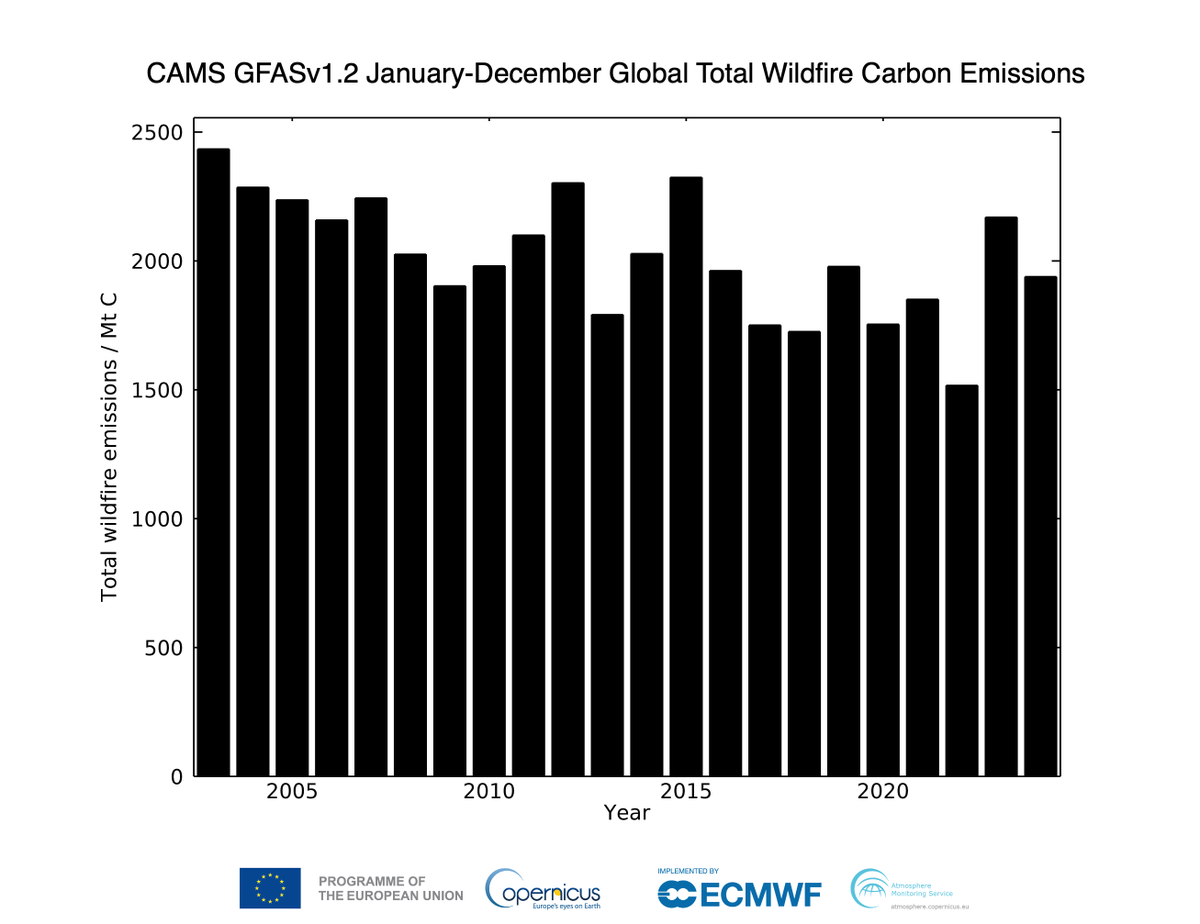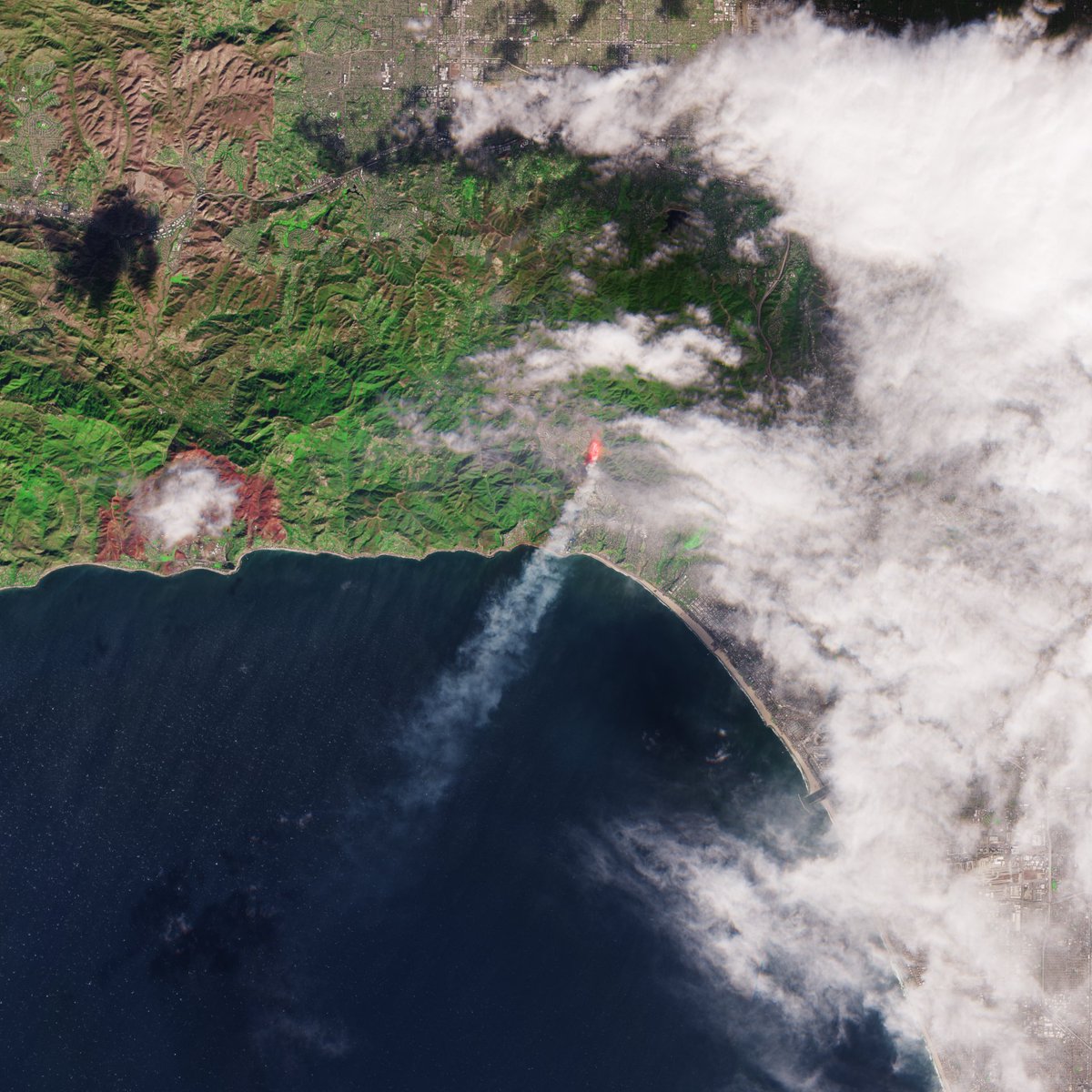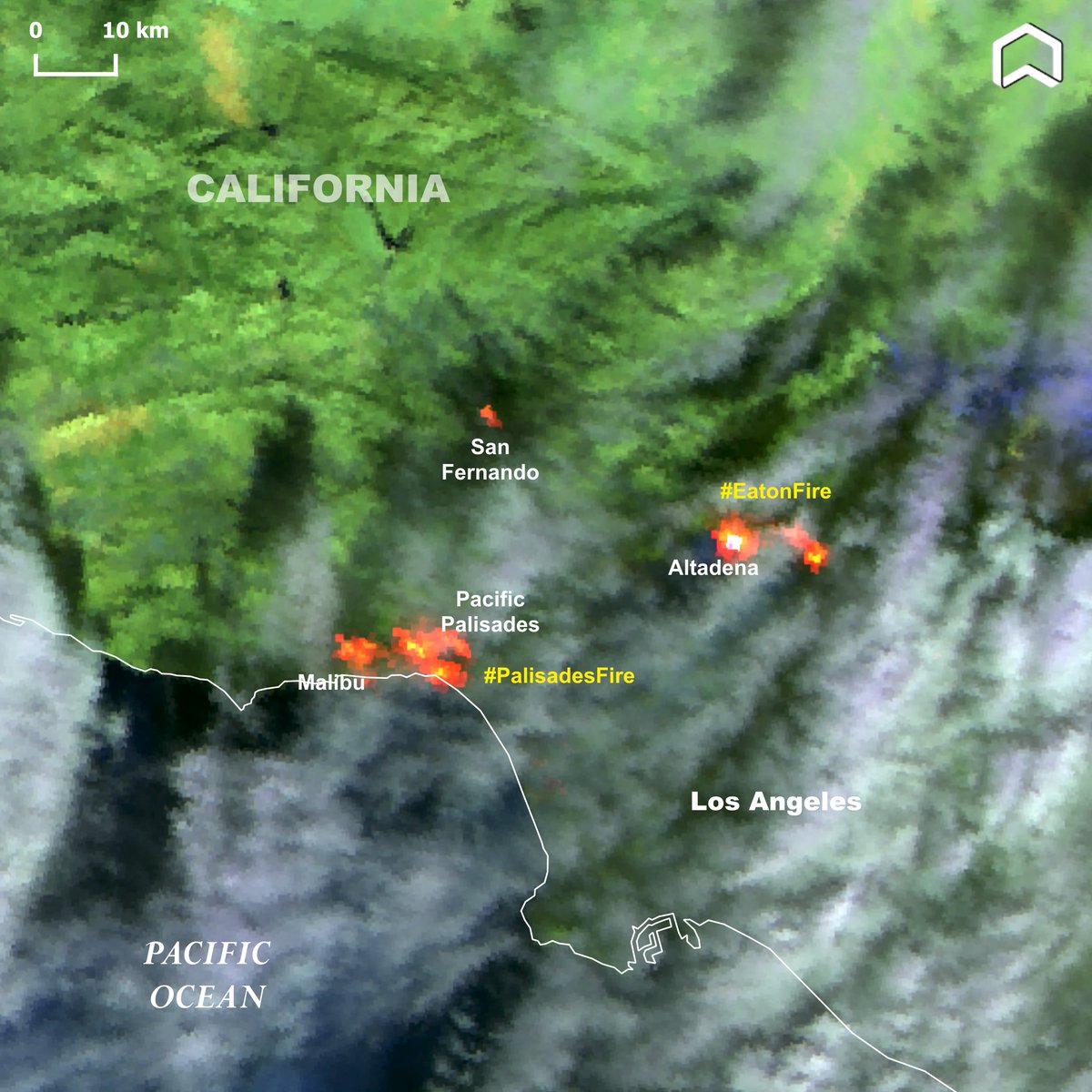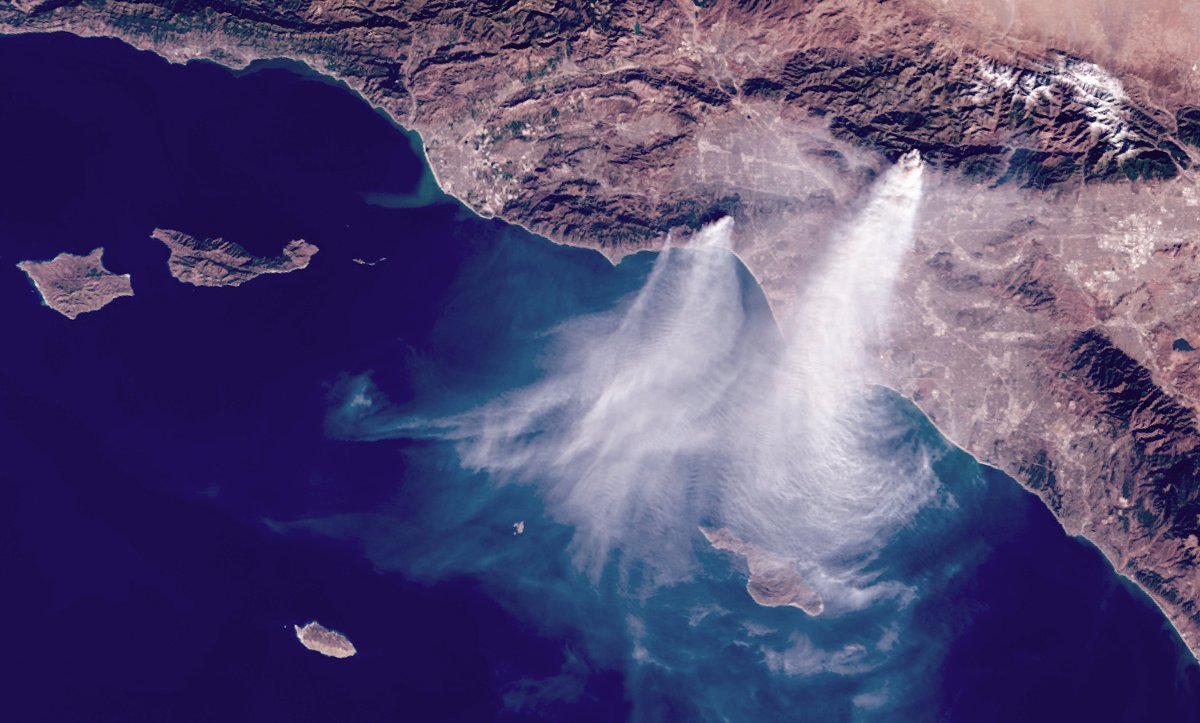
Mark Parrington
@m_parrington
Senior scientist Copernicus Atmosphere Monitoring Service @CopernicusECMWF @ECMWF working on global #wildfires #airquality #atmoschem & #scicomm
ID: 2870274093
https://atmosphere.copernicus.eu 10-11-2014 08:59:31
19,19K Tweet
13,13K Followers
7,7K Following



It you live in Los Angeles, shut your windows and turn off your vents to the outside — the air quality is hazardous. You can visualize air quality in the MyRadar Weather map. The bull’s eye of hazardous air is directly over the nation’s second-largest city.



The #PalisadeFire in California, USA, seen from ignition yesterday until sunrise today. Seen by the NOAA Satellites GOES-18 weather sat, a vital tool for monitoring these fires. Really dreadful situation - and several other fires pop up as well. Firefighters have a hard task.
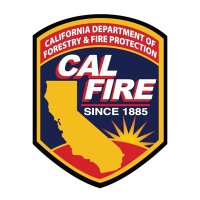







This image of the week shows smoke plumes from the devastating #wildfires that are impacting Los Angeles. Find out more about the image, captured by Copernicus EU #Sentinel3, at: eumetsat.int/image-week-los… #LAFires #PalisadesFire



Sentinel-5P TROPOMI observed build-up of tropospheric nitrogen dioxide (NO2) across North America yesterday 14 Jan, particularly emissions from urban areas of the continental US. Gaps in NO2 measurements are due to cloud cover. Copernicus EMS Dan Goldberg, PhD Aaron Naeger
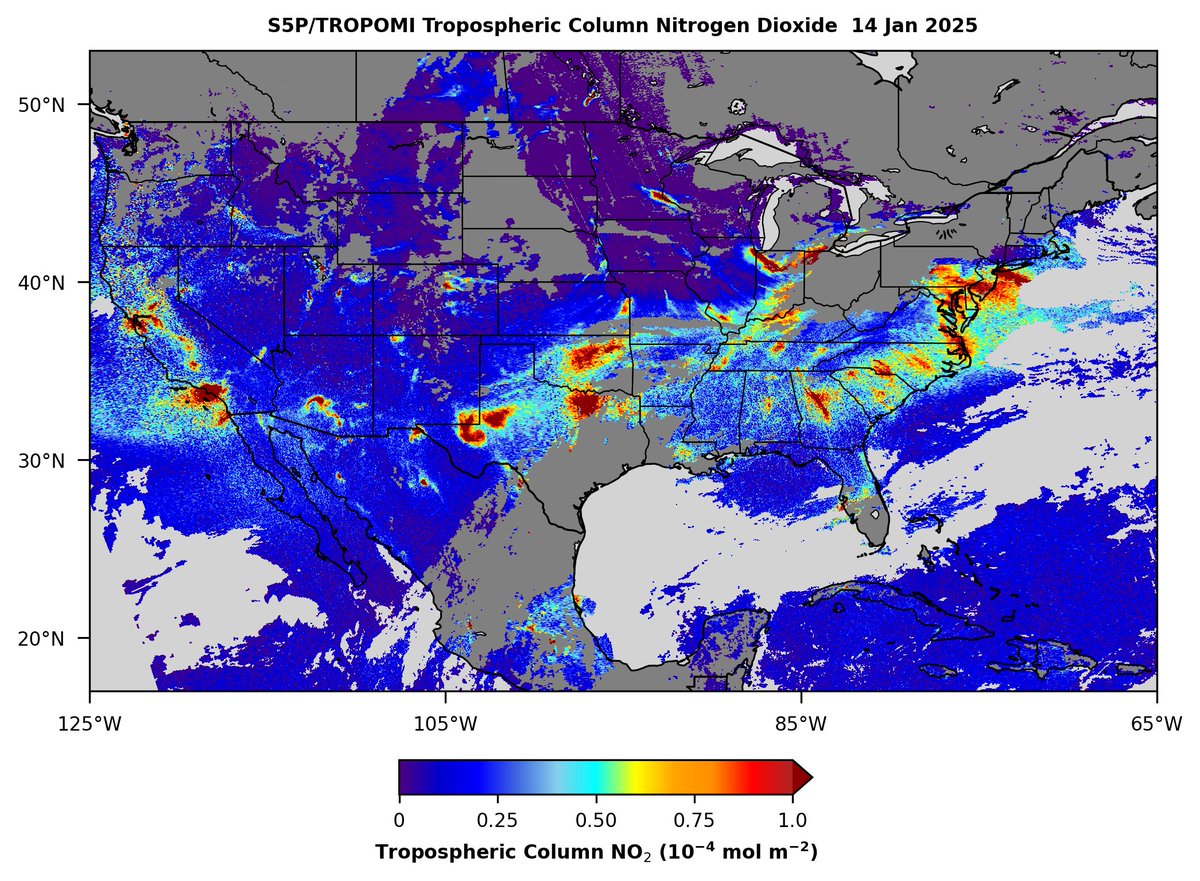

Seasonal biomass burning in central Africa is releasing large amounts of carbon monoxide (CO) into the atmosphere (teal/yellow/orange/red shading), as observed by Sentinel- 5P TROPOMI on 15 Jan. Copernicus EMS Mark Parrington
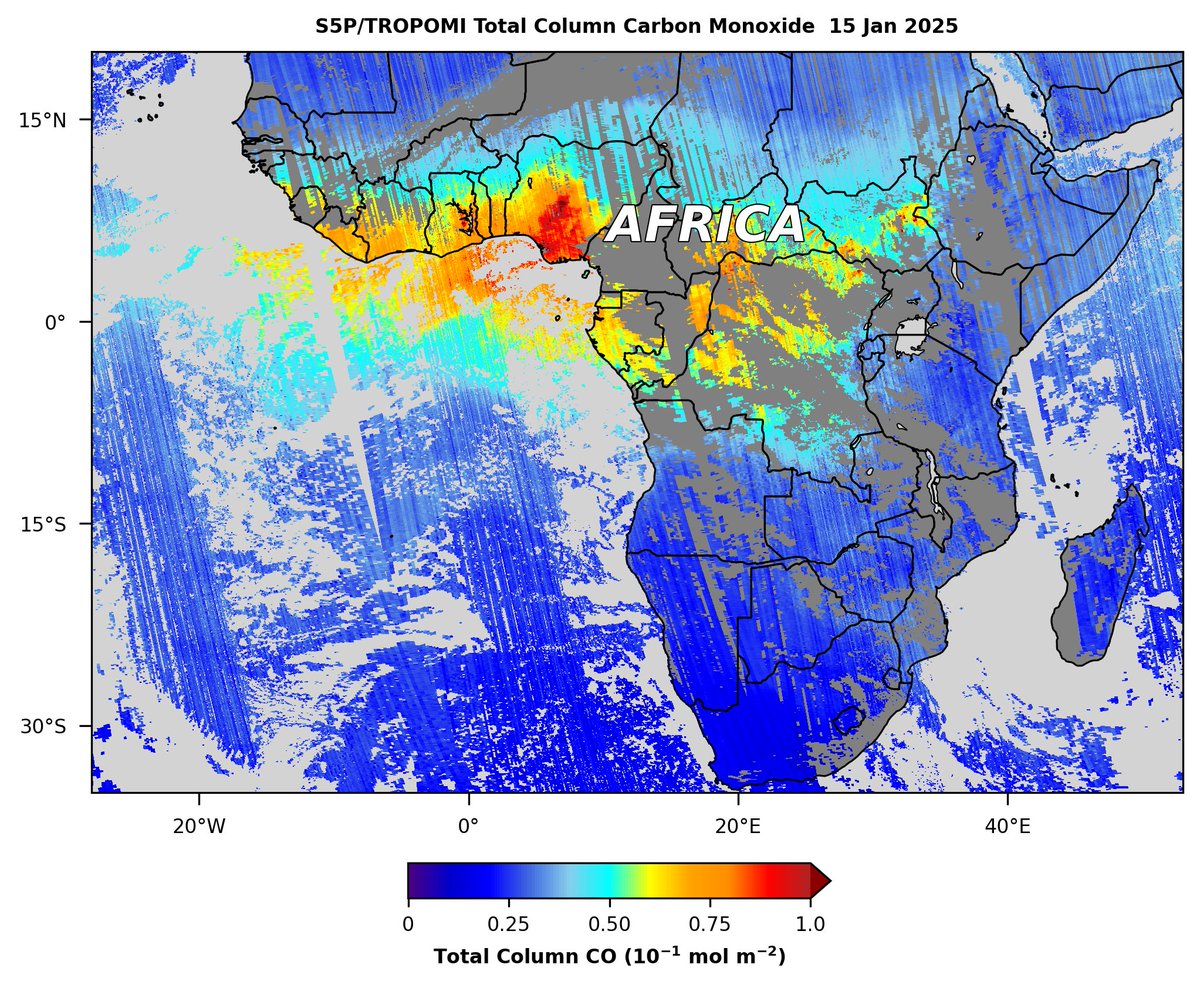

We have updated our wildfire summary for 2024 with the latest #CopernicusAtmosphere data from Dec. Last year, North and South America saw the most wildfire activity. Dive into the analysis and data: atmosphere.copernicus.eu/cams-global-wi… Copernicus EU ECMWF @RichardJEngelen Mark Parrington

